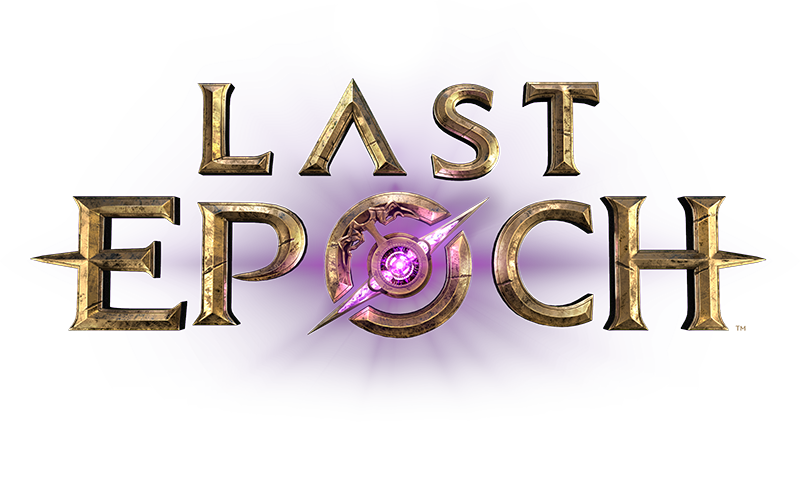Yes, 100%!
Which is why I’m repeatedly saying anchor like a madman.
You want one aspect where everything hinges on, this value provides upsides and downsides to go from but a relative place to balance from.
Which is missing in the current system once again.
You can use the example above (which is better fitting for base item drops) or you could also instead enforce a rarity based drop-table, hence starting ‘extremely rare’ with 1 and then multiplying upwards for the related weight before choosing an item in the category.
It’s up to you if you would prefer to categorize full sub-segments or throw them into a fixed relevance to each other. A mixture of both though is fairly nonsensical as you neither get a base value for how often overall items should drop nor how it’ll be split between categories.
Which the current state is.
For Uniques it can happen that you get a whole slew of ‘extremely rare’ ones which then cause each individual one to nigh never drop… but you get ‘a’ extremely rare item.
Or you enforce it to be fixed onto relevance to each other to see each one drop at the same frequency, so you end up with theoretically more uncommons then commons in practicality but still achieve your specific item as a end-result in the same timeframe.
You can’t combine em, if you do you get what we have and that’s ‘neither do you get ‘a’ item of the rarity but neither do you have a fixed timeframe’.
So, what should the player strife for? Getting ‘one of those items’ for the market or getting ‘the specific item’ personally?
Our current answer is ‘neither’. It feels willy nilly and hence makes no sense to present it to the player.
Yes, it does 
If I search for a specific base in the current case I could take 1 hour or 10 hours for it, I never know! Which is bad.
If I anchor the drop-rate to time investment directly I have that though.
I can say ‘I get this item after putting xyz effort into it… likely’ and it’ll be so… likely.
Any new addition won’t stop me from acquiring ‘this specific item’ which I need for progression. I have a goal, I have something which I know I’ll achieve.
Because in the current state we have a major problem.
What if I implement 3 times as many uniques? No matter the spread for now… just… 3 times the uniques. I won’t find any unique I search anymore, not even the common ones. I’ll get everything I don’t need.
Which enforces a quantity increase for them.
So to return to the spread directly hence… each addition will cause my situation to change entirely. Unless the same amount of uniques of each type of rarity are added and stand in direct correlation with each other in amount.
Imagining I’m searching for one specific core-pool unique after implementing more uniques (and adjusting the quantity of drops accordingly, which I don’t think is done 1 to 1 anyway, but another topic) then this specific item which I formerly needed 100 hours for now could need 60 hours… or 150 hours… how should I know? Has something changed? How much has it changed? Should I strive for it or not? I can’t know since EHG won’t tell us, they just say ‘yeah, 98% re-roll range’… why even give us this value? It has no meaning to interpret for us!
Do we really need someone to make a Stochastic matrix to provide us with the information?
What do you think will happen if someone does it and provides the results on the Last Epoch database?
‘Oh yeah, 1.2 comes around, well, they added a few uniques, so now acquiring a red-ring will take 650 hours instead of 400, you’ll also see Wraithlord Arbor every 85 hours instead of 60, values based on 300 corruption’
How do you think that’ll go with the community or any player in general?
That’s what this system does.
You know that tiering is simply a parent table before making decisions in a child table?
You use it when you want to make your game more static and not have to worry about adding new content in any specific ‘tier’.
Path of Exile has it because they don’t want to worry about screwing their whole loot table up when adding their 50 new uniques per league, not having to fiddle with each specific value individually but instead using simple multipliers behind it.
If you see a tier-system you can do it in one big table too, but that’s more effort simply.
You tier when the tables get too big.
When you get too many tables you create a stochastic matrix to turn the decision back into a single table to pick from and hence saving computation time. (Which will ramp up if you search through 50+ vectors per decision, in a non-neglectable manner, especially when quantity rises, why waste this computation when it’s simple not to?)
That’s your result.
That’s how it’s commonly done.
That’s how basically every game does it.
Alternatives were presented for decades from darn math geniuses at times and nonetheless… this one has stuck for some reason. Some are more efficient… but still it stuck.
Why?
Scalability.
Readability.
Easy balancing options as you can ‘reach in’ at several spots and adjust details you otherwise can’t. Rarity multiplier, base distribution to each other, needed time, quantity multiplier.
And that for each step along the way for fine-tuning if so needed.
What can you adjust with EHG’s system?
Yeah… you can fiddle around, create algorithms over algorithms to ensure it stays well balanced, so many many fringe scenarios which you need to add to it theoretically. Before long you got spaghetti code.
Once again, KISS principle. Keep it stupid. Simple.
Don’t know a single situation where the principle itself has failed.
